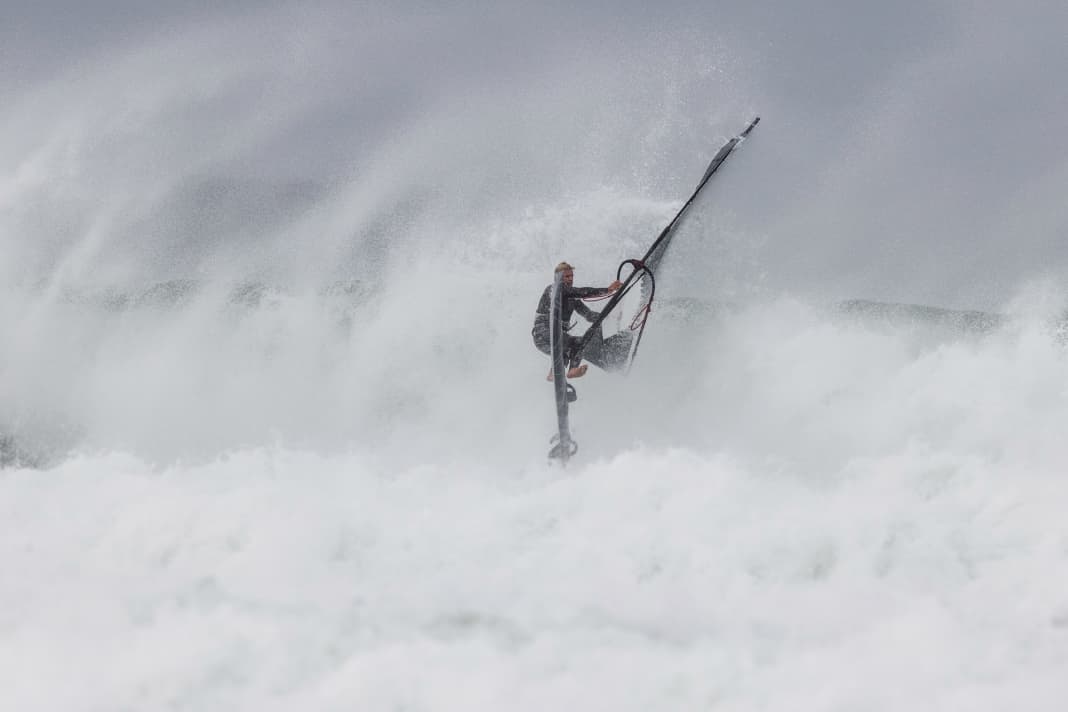





Oh sh...! The eyes widen to double their diameter. Adrenalin is pumped into the farthest brain cell as if fired by a supernova. Your breath catches. In milliseconds, something in your body decides whether to hold on or jump off.
Every windsurfer knows such moments of shock: when the catapult announces itself through the loss of contact under the soles of your feet, when one foot has lost its grip on the strap during the jump, when the three-metre wave in front of you breaks a second earlier than you had speculated. This moment of shock often shows the entire film of what is to come: the hard impact, the extensive swim.
Windsurfing: No risk - but fun!
Certainly nothing good, although windsurfing is one of the safest sports. Even after two or three decades of double loops or 70 km/h on the slalom course, most windsurfing pros still get through the airport scanner without triggering a metal alarm, which is not a matter of course for freeride bikers or motocrossers. The "categorisation as a high-risk sport is not justified" and windsurfing is "only associated with moderate risks", according to a doctoral thesis presented at the University of Würzburg in 2020 following an investigation into sports injuries in surfing, windsurfing and kitesurfing.
There is hardly any other sport where the ratio of maximum adrenaline factor to actual risk is as favourable as in windsurfing, whether in the waves or full-throttle surfing. When clicking through the following gallery pages, you are therefore expressly encouraged to share in the excitement, sympathise and be frightened, because after the crash there is always a happy ending, just like in a Hollywood family film.
